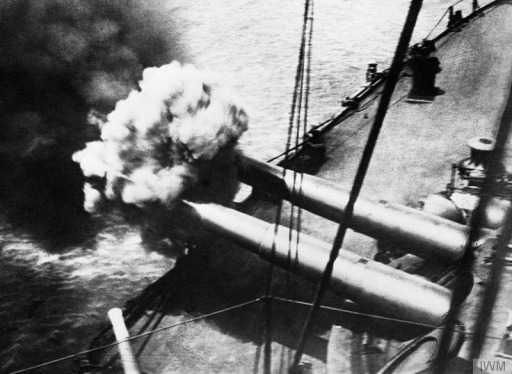An armada of British and French warships attempted to force the Turkish Dardanelles Strait on March 18th 1915.
The naval campaign was originally conceived as a way of securing the sea route to Russia, knocking Turkey out of the war, and breaking the deadlock in the fight against Germany.
The Allies wanted to destroy the Ottoman forts on the Gallipoli peninsula guarding the Dardanelles, and clear the waterway of minefields.
Their aim was to reach Constantinople (now Istanbul), capital of the Ottoman Empire.
The bombardments began on February 19th but after several weeks of inconclusive operations, a fleet of battleships was assembled to carry out the main assault.
But many of the warships were sunk or damaged by mines during the attack, and the task force withdrew.
Britain’s Spectator magazine had reassured its readers on February 27th: “It is just one of those occasions when if we win the results may be enormously important, while if we cannot have our way and circumstances prove too much for us we shall, at any rate, be no worse off than we were before.”
The failure of the naval operation resulted in the decision to land Allied troops on the Gallipoli peninsula on April 25th 1915, and the start of an eight-month campaign which ended in a pull-out.
Gallipoli cost Winston Churchill his job as First Lord of the Admiralty, the minister in charge of Britain’s Royal Navy.
The Turkish military commander, Mustafa Kemal, came to prominence for his defence of Gallipoli and went to become the founder of the Republic of Turkey after the First World War.
Sources: Wikipedia/The Spectator/various
Images courtesy of the Imperial War Museum © IWM (Q 53498)
Posted by: Peter Alhadeff, Centenary News
